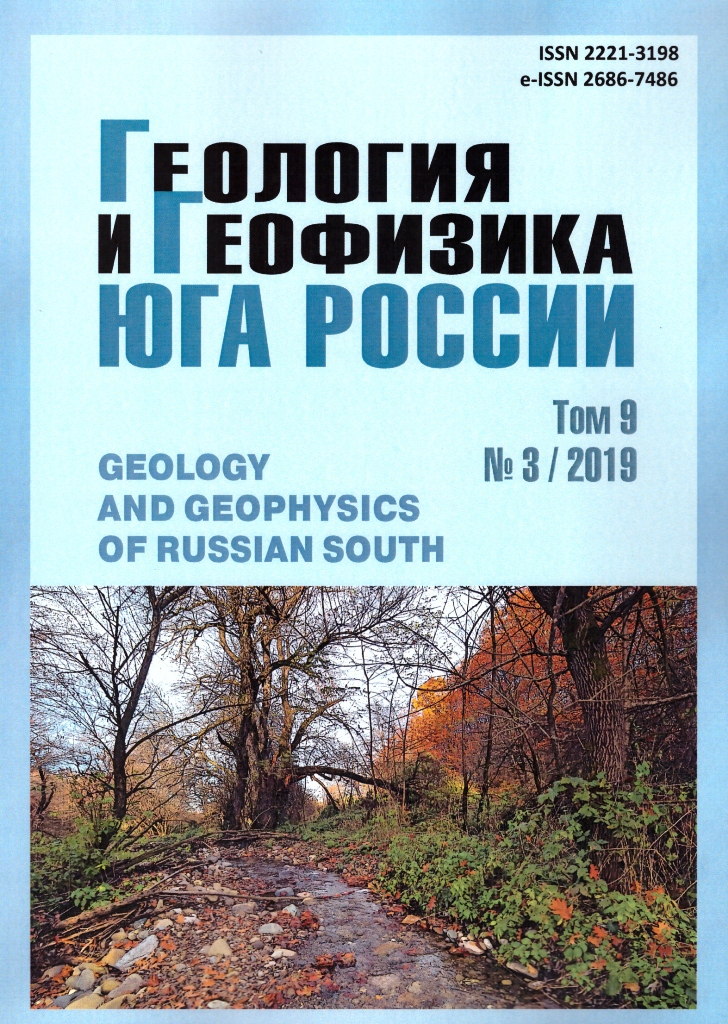About the evaluation of the results of the microseismic sounding method in their geological interpretation
Keywords:
method of micriseismic sounding, vertical resolution, microseismic field, Rayleigh waves, computer numerical simulation
Abstract
The paper is devoted to the analysis of the results of a two-dimensional numerical solution of the direct scattering problem of the fundamental Rayleigh mode on two velocity inhomogeneities located one under another. This model made it possible to analyze some cases of using the method of microseismicsounding (MMS) in conditions of complex structured media. Using the numerical model built from first principles in direct modeling, we obtained estimates of the vertical resolution of the microseismic sounding method. The cases of a number of specific geometrical dimensions and a number of elastic parameters of inclusions with values close to those encountered in natural conditions are considered. Simple practical methods have been developed and formulated, with the help of which one can estimate the vertical resolution of objects when interpreting microseismic sounding sections obtainedexperimentally. Estimation of the vertical resolution of the MMS on synthetic data is that, if the distance between the centers of two small inhomogeneities, one above the other, compared to the depth, is 36‑41 % (or more) of the fundamental mode of the Rayleigh wave, equal to λR = Hcenter/ 0.4, where Hcenter is the midpoint depth between the centers of inhomogeneities, then the images of these inhomogeneities will be resolved in the field of random Rayleigh waves. That is, to ensure the resolution of the MMS, the vertical distance between the centers of small discontinuities should be Hcenter or more. The techniques developed were used to assess the resolution of horizontally-lying layers in the sections obtained during the study of the junction zone of the Taman Peninsula and the Crimea in the course of geological interpretation of microseismic research results.
Published
2019-10-25
Section
Articles


